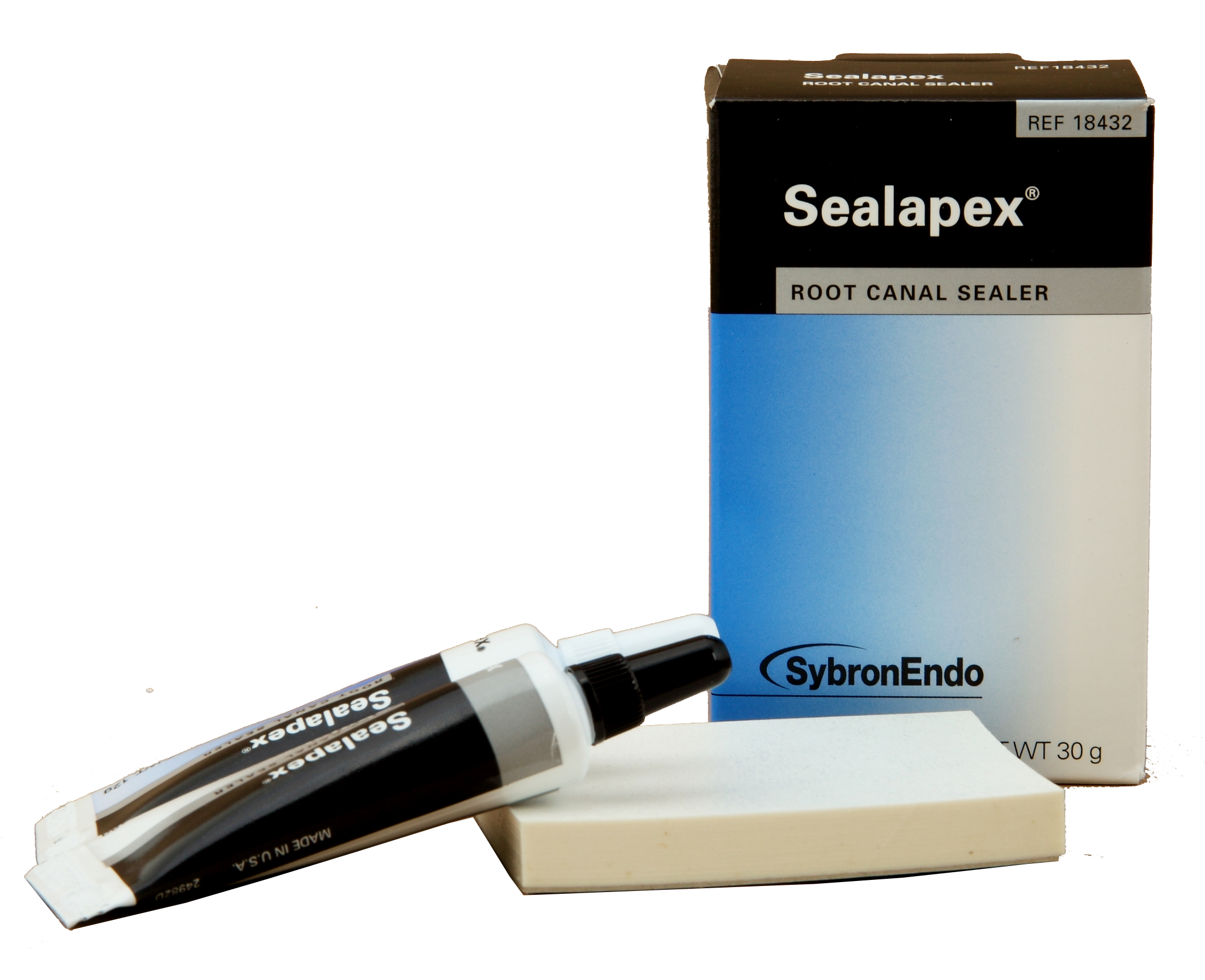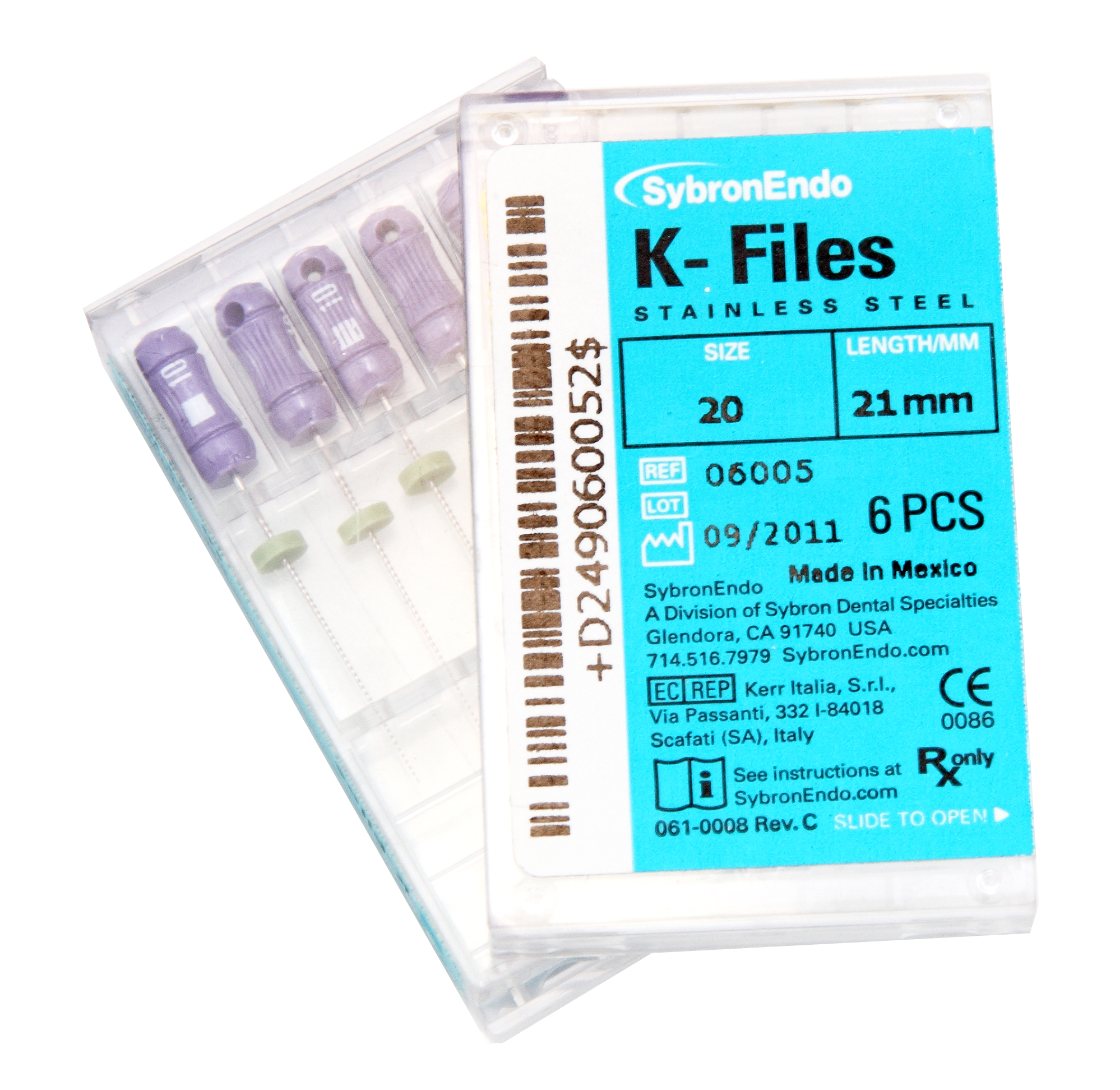

Sixty extracted, straight, single-rooted permanent human teeth with mature apices were selected for this study. Thus, the purpose of this in vitro study was to compare the time tested Root ZX with the newly introduced SybronEndo Mini Apex Locator in the presence of various intracanal irrigants. SybronEndo Mini Apex Locator (SybronEndo, Sybron Dental, Glendora, CA, USA) is multifrequency based and is also claimed to be accurate in the presence of various intracanal conditions, but has not been investigated much. Morita Mfg Corp., Kyoto, Japan), a dual frequency device, based on the “ratio method”, has been investigated extensively as regards its accuracy and its efficacy in the presence of various irrigants. In addition, some systems use low frequency oscillation and/or a voltage gradient method to detect the canal terminus. Whilst the simplest devices measure resistance, other devices measure impedance using either high frequency, two frequencies, or multiple frequencies. Since then, different generations of EALs have been developed. Based on Suzuki's discovery that electrical resistances between the periodontal ligament and oral mucosa registered constant values of 6.5 kΩ, Sunada in 1962 developed the first electronic apex locator (EAL). The radiographic assessment technique is sensitive in both its exposure and interpretation.Įlectronic devices for assessing the root canal length have gained popularity and eliminate many of the problems associated with radiographic measurements. The apical constriction (minor apical diameter) is the narrowest apical portion of the root canal with a variety of morphological variations that make its identification unpredictable.

Establishing the working length at the apical constriction is considered ideal for endodontic treatment. Dr.The determination of an accurate working length is a critical step in endodontic therapy. He lectures nationwide on both restorative and cosmetic dentistry.

Michael DiTolla, DDS, FAGD, is the director of clinical research and education at Glidewell Laboratories in Newport Beach, Calif. If you have ever wished that endo could be done with three or less files, wished you could safely get irrigant to the apex, or wished you could fill lateral canals as you have seen in magazines, then you should go to and get a demo. Filling the entire coronal two-thirds of the canal with dense, void-free gutta percha in three seconds is an amazing feeling. The other instrument, the extruder, uses disposable cartridges to deliver gutta percha. The System B pluggers match the canal shape and maximize condensation forces, moving gutta percha and sealer into all areas of the canal, including lateral canals. The System B handpiece is used for downpack, backfill, and as a heat source for vitality testing. The Elements Obturation unit (Fig.3) is two instruments in one.

Search "EndoVac Animation" on YouTube to see it in action. Irrigant can finally get to the apical 3 to 4 mm of the canal with no fear of extruding past the apex. The MicroCannula can reach the canal working length, and provides suction through small openings around its tip while the sodium hypochlorite is introduced from the top of the canal. 2ĮndoVac (Fig.2) is a negative pressure irrigation system. Three files are provided and are color-coded to a traffic signal, which my assistants love. I am able to treat almost all teeth with just two files – one to create the desired taper and one to enlarge the apical portion of the canal.


 0 kommentar(er)
0 kommentar(er)
